Locations partners for residencies
GMEM – National Center for Musical Creation, Marseille
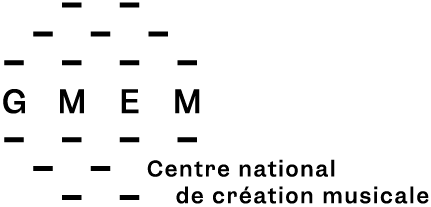
GMEM is a National Center for Musical Creation, directed since 2012 by Christian Sebille.
It supports musical creation in all its forms and accompanies artistic teams throughout the year, notably through residencies held in its new facilities at La Friche la Belle de Mai. GMEM acts as both producer and co-producer in the field of musical creation, and carries out a wide range of educational, teaching, and training initiatives. In addition to Festival Propagations, which it organizes each May, GMEM shares its activities with the public through Modulations (a regular series of artistic events), residency showings, seasonal concerts, installations, talks, and a variety of collaborations.
Resources: over 1,000 m2 including:
– 1 creative space, the Module (197m²) perched on stilts 8m high, with a ceiling height of 11m
– 1 recording/rehearsal room (110 m2) with booth (33 m2)
– 1 large studio (55 m2)
– 1 teaching studio (63 m2)
– 1 research studio (40 m2)
– 1 foyer (113m2)
Research areas : mixed music, installations and sound art, new instrument making, multi-diffusion, spatialization, real-time interaction, computer music, etc.
Residency periods:
Available slots from October 12 to November 6, 2025, and in December 2026 and January 2027.
SCENE44 . n + n corsino, Marseille

In October 2013, n + n Corsino inaugurated SCENE44, a space dedicated to choreographic creation and digital innovation, located at the Pôle Media in La Belle de Mai, Marseille.
Its approach is structured around three main areas:
A creation hub, welcoming artists and researchers in residence,
A cultural cluster fostering connections between artistic creation, research, and digital innovation,
A laboratory for shared experimentation.
SCENE44’s activities are rooted in a relationship with the living and closely aligned with the concept of applied research. They assess the viability and potential of a given technology through its artistic application.
Resources:
– Integrated stage area: 20m x 20m floor
– Dance floor: 12 x 12 meters
– Harlequin dance floor 12 x 14 meters (black/white reversible)
– Bridge 13 x 13 meters (light attachments, 6 black aluminum poles 6 meters)
– height under bridge: 4.60 m, on bridge 4.90 m
Research areas
Residency periods: two periods of one week each (spring and winter 2026) or a single period of 15 days (spring or winter 2026) depending on the project.
Le Hublot, center for digital training and creation, Nice
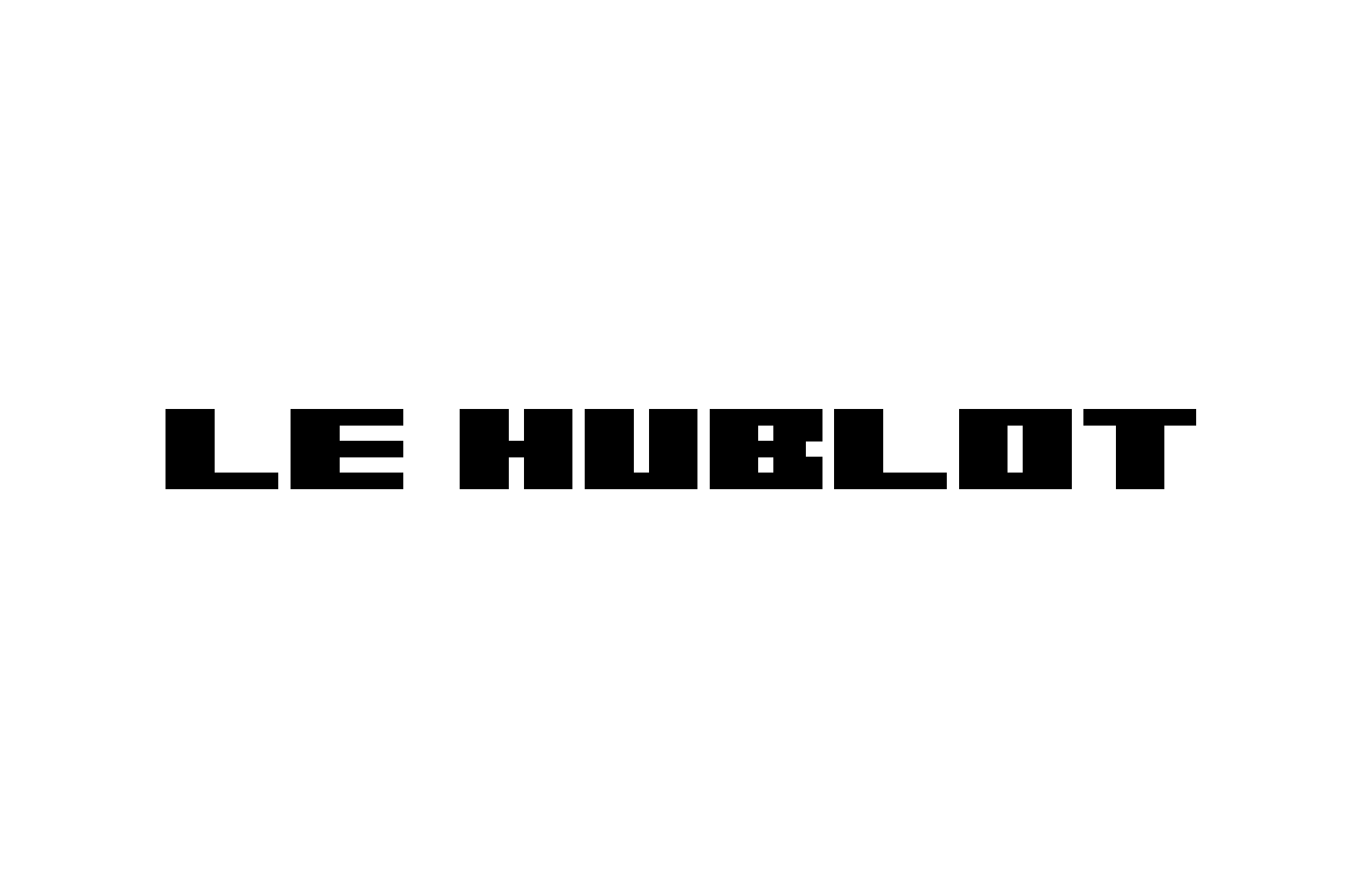
Every year, several creative projects blending dance, music, and digital installations are supported by Le Hublot, which provides a 40m² space, a multimedia studio, and the necessary equipment to develop real-time interactive systems. The team offers technical support and may co-produce certain works.
As a space for experimentation, design, and production, Le Hublot develops hybrid artistic forms at the intersection of live performance and behavioral installations. Digital arts residencies may complement those supported by L’Entre-Pont, a creation space dedicated to the performing arts. Together, they promote the circulation of works by opening access to local, regional, and national digital arts networks, particularly through Hacnum (the National Network for Hybrid Arts and Digital Cultures).
These residencies provide artists and companies with additional support to foster research, technical and artistic development, and co-production through administrative and financial assistance. End-of-residency presentations offer an opportunity to share the creative process with both professionals and the public in a supportive environment. These work-in-progress showings are also a chance to invite local curators and art professionals to consider the project for a premiere or public exhibition.
Resources:
– 200m2 exhibition and performance hall
– 50m2 residence hall
– Equipment available: motion capture device, XR oculus metaquest3 headset
Research areas: creation of programmed visual environments, interaction between the body, space and media, motion capture, technical
Residency periods: Le Hublot welcomes artists for periods of 1 to 2 weeks all year round, with more availability in January, February, July and September. The Artifice festival in November provides an opportunity to exhibit and present the finished creations.
The Fruitière Numérique, Lourmarin
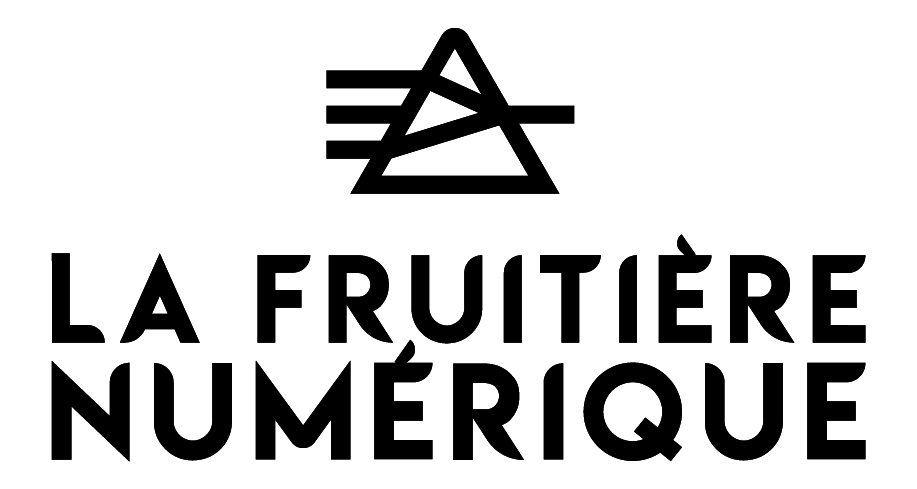
La Fruitière Numérique is a third place dedicated to digital practices – but not only. Located in Lourmarin, it serves as a workspace through its Lab’, coworking area, Digital Public Space, and event venues; a meeting place, particularly during the local farmers’ market; and a cultural hub offering festivals, artist residencies, performances, and more. Its mission is to foster sharing, collaboration, and interaction among its diverse users in order to generate a positive impact on the territory – economically, socially, and culturally. La Fruitière Numérique is supported by a network of partners who share these same values. For several years now, it has been supporting artistic creation, notably through its artist-in-residence program.
Ressources :
– 90m2 workshop
– design
– prototyping
– manufacturing
– 3D printer
– laser cutting
– video projection
– workshop
Depending on the artist’s needs and their installation, and depending on the availability of La Fruitière Numérique, other workspaces may be made available during the residency. More info
Residency periods: 3 weeks max, excluding August and September.
3 bis f – Centre d’arts contemporains d’intérêt national. Résidences d’artistes | arts vivants & arts visuels, Aix-en-Provence
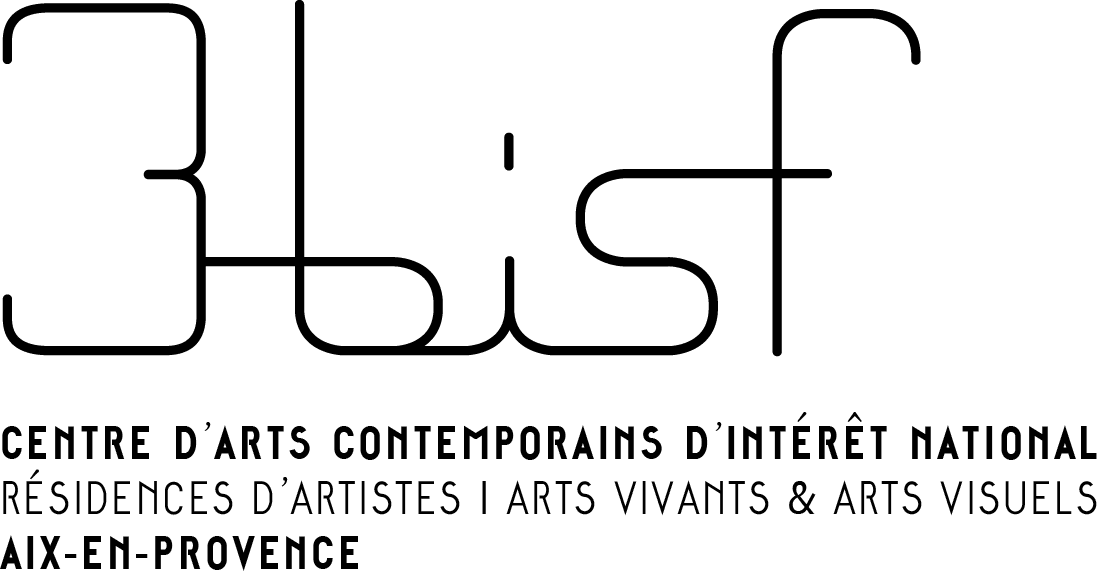
Since 1983, at the Montperrin psychiatric hospital center in Aix-en-Provence, within an exceptional 19th-century heritage and natural setting, 3 bis f has developed a project centered around hospitality in contemporary multidisciplinary creation, including live arts and visual arts.
Each year, about twenty projects led by artists and companies are hosted in residencies for research or creation periods. Approaching hospitality in all its forms, this arts center strives to create, through art, porous boundaries between care, creation, and the community.
Resources :
80 m2 Guiraud performance hall & studio.
Research areas
Residency periods : 2 months from the end of August to the end of October for the visual arts creative residency.
Fall 2026 for a performing arts/hybrid arts creative residency.
Lieux Publics – European center for artistic creation in public space, Marseille

Founded in 1983 by Michel Crespin as a “National Creation Center,” Lieux publics supports artists from all disciplines who create for, with, and in public space.
Lieux publics is accredited by the Ministry of Culture as a National Center Arts and Public Space (CNAREP) and a European production hub. Its activities include creation support, with around twenty co-productions and residencies each year, territorial projects, and a seasonal program offering events and highlights throughout the year in the Aix-Marseille Metropolitan area.
Since 2022, Lieux publics has coordinated the Cité des arts de la rue, a 36,000-square-meter space dedicated to live performance, bringing together about ten organizations forming a comprehensive skill set within the northern districts of Marseille. Lieux publics also leads the IN SITU network and positions its work internationally. Alexis Nys has been the director since February 2023.
Resources:
– The Lieux publics hall and/or its workshop,
– The Lieux publics rehearsal room and its foyer,
– The Grande halle of the Cité des arts de la rue,
– The Grand Halle shade house (outdoor space of the Cité des arts de la rue),
– The covered street (outdoor space of the Cité des arts de la rue).
Research areas: public space, territory, hybridization, spectacle, performance, wandering, in-situ
Residency periods:
In 2026: January / February / March / June / October / November. For periods of one to two weeks, either continuously or split into two phases, depending on the project.
AMI – Aide aux Musiques Innovatrices, Marseille
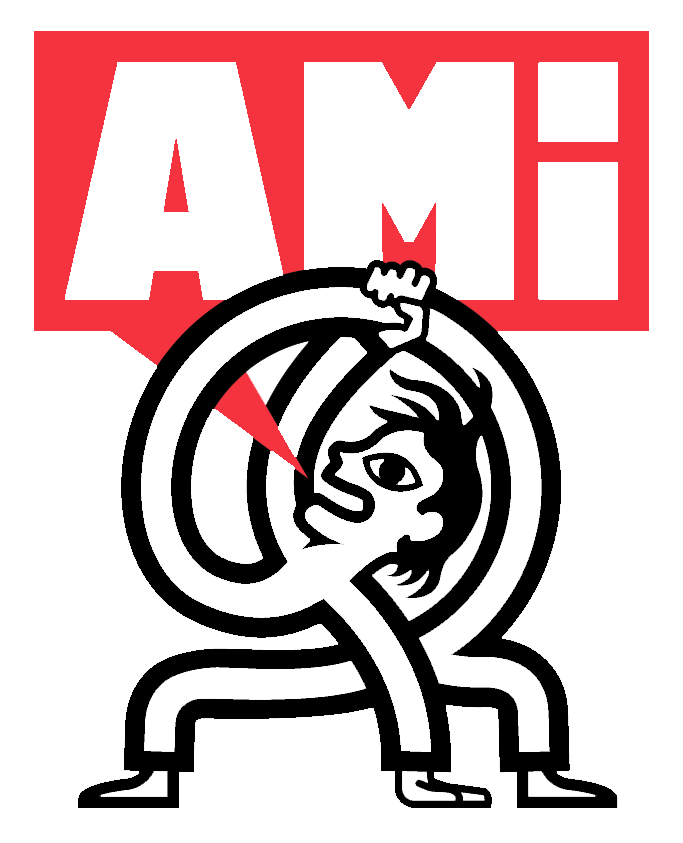
Located at La Friche La Belle de Mai in Marseille since 1992, AMI is a non-profit organization serving musicians, cultural entrepreneurs, and residents of the metropolitan and regional area.
Today, AMI is a driving force behind a strategy at local, regional, and European levels, contributing to capacity building across the entire value chain of support – from training and incubation to development – addressing a key gap in the music industry and cultural and creative industries (CCI) ecosystem.
Its ambition is carried through five interconnected areas of focus in a 360° approach: support for cultural entrepreneurship, professional development for artists, residencies & support for creation, programming (La Society, Openbox & Festival J.E.S.T), and cultural practices & outreach.
Resources:
Residences for creation, co-production, career development strategy advice, workshops and themed training courses on the artist’s socio-professional environment, stage work, support for entrepreneurship.
Studios between 40 and 55 m2 – 1 Studio 120m2 with a stage and lighting bridge.
Axes de recherche : contemporary creative music, emerging music, Mediterranean.
Périodes de résidences : two weeks from June to October 2026.
Euphonia, Marseille

A producer-creator in the fields of sound creation, radio art, and popular education, Euphonia is a cultural project that stands out for its strong commitment to cultural and social engagement within the Marseille area and the broader region.
Oriented toward the Mediterranean and international spheres, Euphonia—whose studio workshop is based at La Friche Belle de Mai in Marseille—has been actively involved for 20 years in initiatives that bring together a variety of sound practices: documentary, artistic creation, production, collaborative citizen projects, support, and transmission.
Ressources :
– 50m2 studio workshop
– recording studio with 6 high-precision microphones and a radio control room
– 100m2 open-plan offices
– public spaces, partner venues, mobile control room
Research areas: sound practices: documentary, creation, artistic production, collaborative citizen projects, support and transmission (practice workshops, exploration of territory, etc.).
Residency period: one to two weeks of residency depending on the project(s) selected.
6MIC – Concert hall, Aix-en-Provence

6MIC revolves around three core concepts: Music, Technology, and Democracy, which form the overall artistic direction of the project.
The artistic project is committed to defending a demanding, engaged, and innovative program. The team’s choices prioritize fostering diversity in musical aesthetics, encouraging artistic emergence, and highlighting local operators and artists, while respecting the principle of gender parity. All types of music should be able to be played, heard, taught, and shared, regardless of one’s level or experience, whether through amateur practices in studios, developing bands in clubs, or established artists in the main venue.
Resources:
– four studios
– a pre-production studio (80m2)
– a computer-aided music production studio
– sound control room
– equipment hire and loan.
Research areas: music, sound creation, monumental installations, public space.
Residency periods:
3 weeks in the studio at any time, 2 weeks in the main venue between approximately July 7 and 20 2026.
deletere, Marseille
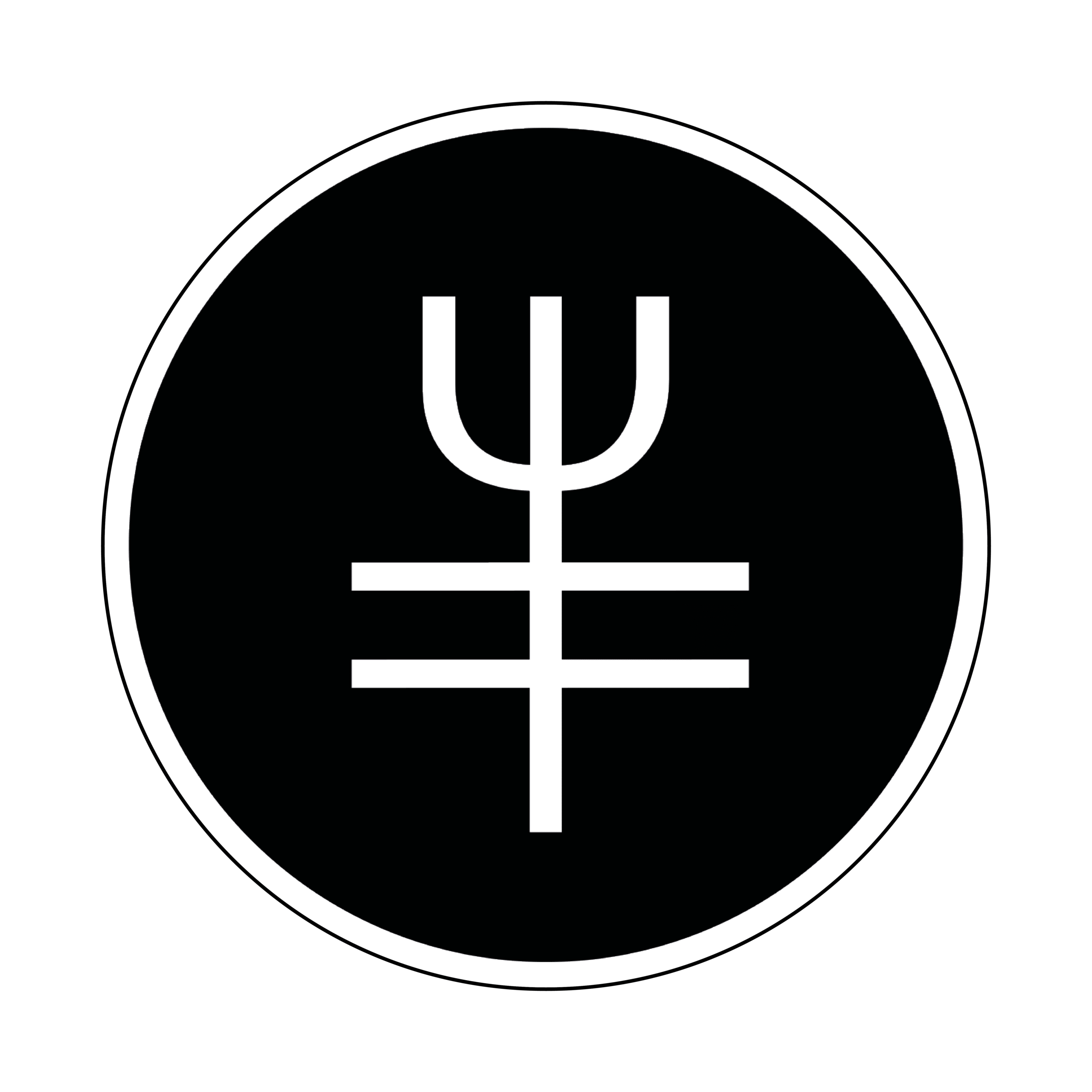
Les laboratoires deletere, based in Marseille, are a research and creation space dedicated to digital arts and immersive experiences.
At the crossroads of art, science, and technology, they explore new forms of storytelling and interaction through hybrid works combining virtual reality, artificial intelligence, and interactive installations.
Committed to a transdisciplinary approach, they collaborate with artists, researchers, and institutions to develop unique experiences.
Resources:
– 108m2 on the mezzanine
– The ground floor is dedicated to the visual arts and prototyping, and the first floor is dedicated to sound creation and small-scale experimentation.
The deletere laboratories are resident at the Couvent Levat, the artist in residence will thus have access to the gardens (2 hectares) and the common areas of the Convent (kitchen, and by reservation; meeting room and two chapels).
Research areas : sound creation, spatialization and sound immersion, programming, robotics and electronics, theatrical creation, XR and on-boarding, 3D printing, more general support for finding partners, touring, international travel. Time commitment: To be determined according to the project and the artist’s needs.
Residency periods:
In October and mid-December 2025 : 3 to 4 weeks depending on the project. Starting from 2026, to be determined with the artist.
Ballet National de Marseille

In 1972, choreographer Roland Petit founded the Ballets de Marseille at the invitation of Mayor Gaston Deferre, with the aim of revitalizing the city’s opera house.
In 1981, the company became the Ballet National de Marseille, and in 1992 it moved into a new venue specially designed by architect Roland Simounet.
A creative space for the company and invited artists, the BNM was designated a National Choreographic Center in 1984. Since September 2019, its new leadership has been entrusted to the collective (LA)HORDE, composed of artists Marine Brutti, Jonathan Debrouwer, and Arthur Harel. Their work explores new dynamics in the circulation and representation of dance and the body emerging online, leading them to develop the concept of “post-internet dances.”
Today, the Ballet National de Marseille is made up of 30 dancers from 15 different nationalities.
Research areas: post-internet dance, choreographic and performative works, films, installations
Periods of residency: to be determined according to the project(s).
Artagon, Marseille

Designed as a space to support emerging creation, Artagon Marseille is a workplace, production site, and resource hub that supports early-career artists and cultural professionals from a variety of disciplines: visual arts, music, performance, film, writing, design, architecture, and more.
The venue offers workspaces such as studios, offices, and shared production areas, fostering research, creation, and the development of artistic projects.
Each year, around thirty residents are selected through an open call and receive tailored support over the course of a year. Their time on-site is punctuated by public events, offering opportunities to meet the residents and discover their ongoing projects.
The program also implements cultural initiatives and participatory projects in connection with the local area and its inhabitants, in collaboration with social, educational, and community organizations.
Resources: Shared workspace of 2000 m2 with the following available:
– Construction workshop
– Sound/video workshop
– Rehearsal studio
Research areas: visual arts, photography, video, music, performance, dance, theater, cinema, writing, publishing, graphic design, landscaping, cooking, architecture, design, etc.
Residency period: two to three weeks, period to be defined according to the selected project(s)
La Citadelle, Marseille

The Citadelle of Marseille (also known as Fort Saint-Nicolas) is a major heritage site in Marseille, covering 5 hectares and classified as a Historic Monument since 1969, overlooking the Old Port.
It is also the name of the new project revitalizing the site. An integration project led by ACTA VISTA has been restoring the fort for the past 20 years, engaging 400 locals each year. Since May 2024, the Citadelle has been gradually opened to the public, welcoming a mix of neighbors, tourists, heritage enthusiasts, people enjoying drinks with a view, curious visitors, passers-by, seniors, and children. The goal is to restore and transform this defensive military fort into a vibrant place for life, creation, and culture—a third place dedicated to heritage, creation, and innovation. Cultural programming, artist residencies, tours and workshops, a landscaped garden, and a guinguette are already being offered to the public.
Resources:
The Citadelle of Marseille will provide the artist with the available documentary resources in its possession, as well as a broader range of documentary materials related to memory and natural heritage that it is aware of.
Research areas: With partners Acta Vista and Bao. Training: old building technicians (old building masonry, stone cutting and ornamentation, locksmithing and metalwork, carpentry, eco-construction, roofing and zinc work). Artistic and logistical support.
Residency periods:
Ideally two months between April and August.
Fernand Léger Visual Arts Center, City of Port de Bouc
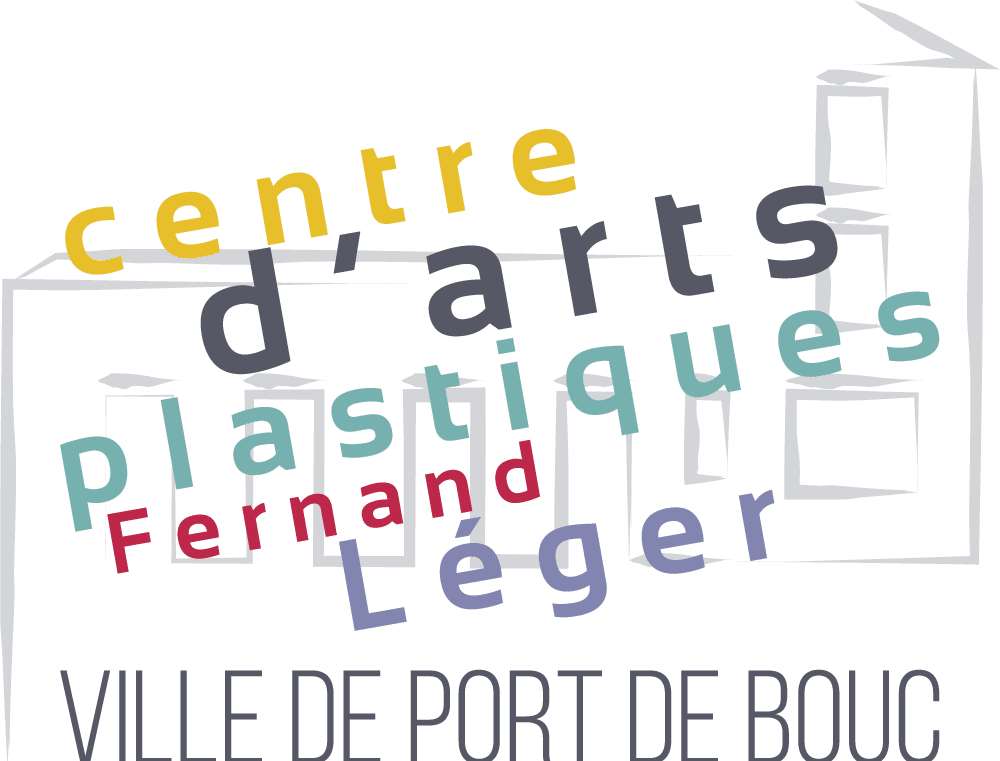
Housed in the former residence of the directors of the Saint-Gobain factory, the Fernand Léger Art Center in Port-de-Bouc represents a synergy between the municipal visual arts school, a dynamic program of temporary exhibitions, and the regular hosting of artists-in-residence.
Committed to enhancing the local area, it promotes the arts and their accessibility to all, in line with the principles of popular education. Each project is carried out with a strong connection to the specific characteristics of the Port-de-Bouc territory (geography, history, etc.) and aims to involve the town’s residents through regular partnerships with local associations (photo clubs, sports associations…), social centers, and schools.
In 2025, the center will host a Micro-Folie digital museum and a new workshop for the art school housed in an extension built from shipping containers.
Resources: workshop and accommodation spaces are provided to receive artists in residence:
– a private room of 11m2 with single bed and desk
Internet access
A bathroom shared with the other artists in residence
A fully equipped kitchen shared with the other artists in residence and the arts center team
Two workshops shared with the arts school classes, one measuring 130m2 and the other 50m2 (with a specific area for the artists in residence).
Accepted artists can use the equipment of the art school and Micro-folie, including engraving presses, pottery and ceramics equipment (tower, kilns, etc.), digital equipment (tablets, VR headsets, computers, video projectors, etc.).
Research areas : expertise of the art school’s teachers in the disciplines taught (photography, sculpture/3D work, drawing/painting, pottery/ceramics).
Connection with local resource persons depending on the research field (local archives, professionals or former professionals from local and maritime industries…).
Engagement with the art center’s audiences (meetings, workshops, in collaboration with our partners: community centers, schools, cultural institutions in the city, local associations…).
The residency may lead to a final presentation (exhibition: the art center includes two exhibition rooms as well as a park for outdoor/public artworks, or a public showing at the end of the residency).
Residency periods: The residency may extend between February and March 2026 for a total of 1 month of residency, consecutive or not.
EDIS – Fonds de dotation, Grenier à Sel, Avignon


A historic monument renovated by Jean-Michel Wilmotte, Le Grenier à sel is now dedicated to artistic expressions that bridge art, science, and the technologies of the contemporary world.
Le Grenier à sel exists thanks to the EDIS endowment fund, a not-for-profit organization created by patron Régis Roquette. Its aim is to foster a better understanding of the challenges of our digital society through artistic expressions and the poetic vision unique to each artist.
EDIS supports and promotes emerging artistic forms through production support, exhibitions, cultural outreach activities, and artist residencies at Le Grenier à sel.
Resources: a large workspace and audio and video equipment are available.
Research areas: visual arts, performing arts, arts, sciences, technologies
Residency periods: 2 weeks, in January, March or September 2026 depending on the project.
voyons voir, contemporary art and territory, Aix-en-Provence

voyons voir is a regional artist residency program focused on the theme of work within heritage, landscape, architectural, industrial or artisanal contexts. We invite artists to collaborate with the teams on site and to develop research based on the knowledge and know-how they discover in situ.
As part of its Art, Science & Society focus, voyons voir partners with the MMSH (Mediterranean House of Human Sciences) to offer an artist the opportunity to work over time within its research laboratories, in close collaboration with scientists from research centers such as the Camille Jullian Center, Lampéa, and the Norbert Elias Center.
Resources : The artist will be able to develop a research project and produce a body of work based on the opportunities offered by his or her membership of the MMSH scientific community and the support of voyons voir.
Research areas : contemporary creation, promotion of heritage, culture for
all, cultural rights.
Residency periods : Five weeks during 2026, periods to be specified according to the project(s) selected. Exhibition at the MMSH during the biennial.
Lab Gamerz – interdisciplinary and multimedia artistic practices, Aix-en-Provence

LABgamerz is an association dedicated to interdisciplinary and multimedia artistic practices based in Aix-en-Provence. Founded in 2003 to explore and question digital cultures, today LABgamerz works to break down the barriers between disciplines and to circulate knowledge between the arts and several fields of research and action. LABgamerz favors situated and critical practices to initiate or support contextual, dialogical and cross-disciplinary projects. Its work is embedded both locally and in international networks of art and research.
Resources :
– 3D printer
– Video projectors max 3200 lumens
– Laser cutting
-Tools: drills, soldering kit, sander, band saw, miter saw, circular saw, router, sander, discs, jigsaw, hacksaw, hand miter saw
– Fully equipped workshop (tools, consumables, etc.)
Research areas : artistic, administrative, production and communication support
Residency periods : Two weeks, period to be defined according to the selected project(s).
Campus art Méditéranée, Marseille

Campus Art Méditerranée is a public cultural cooperation institution that brings together three entities: the Marseille School of Fine Arts, the Pierre Barbizet Conservatory, and the Marseille Méditerranée Institute for Artistic Training (IFAMM). The Marseille School of Fine Arts trains creators, artists, and designers, and awards national degrees with university status (Bachelor’s and Master’s degrees). It welcomes around 400 students each year, including about 40 international exchange students.
The Pierre Barbizet Conservatory of Marseille focuses on the teaching of music, drama, and dance. It is certified as a conservatory with regional influence and offers educational programs ranging from musical initiation to professional training.
The Institut de Formation Artistique Marseille Méditerranée (IFAMM) develops new multidisciplinary projects, particularly in the context of amateur practices, continuing professional education, arts and cultural education, and artistic production.
As part of a partnership initiative, Campus Art Méditerranée is currently leading a project to create a new campus on the Luminy site. The former national school of architecture (9,000 m² of buildings and a 16-hectare park) represents an exceptional opportunity to develop a new campus dedicated to cultural and creative industries. This campus will bring together tools for production, training, artistic experimentation, arts and cultural education, creative cultural economy, and ecological transition.
Ressources :
-Studios from 140 to 200 m²
– Technical workshops for wood, metal, and clay
– Audiovisual production facilities
– Natural outdoor spaces
Research areas :
Visual arts, design, audiovisual.
Priority to young artists from art schools.
Residency periods : 1 to 2 months – February, March, April, May, June and July 2026.